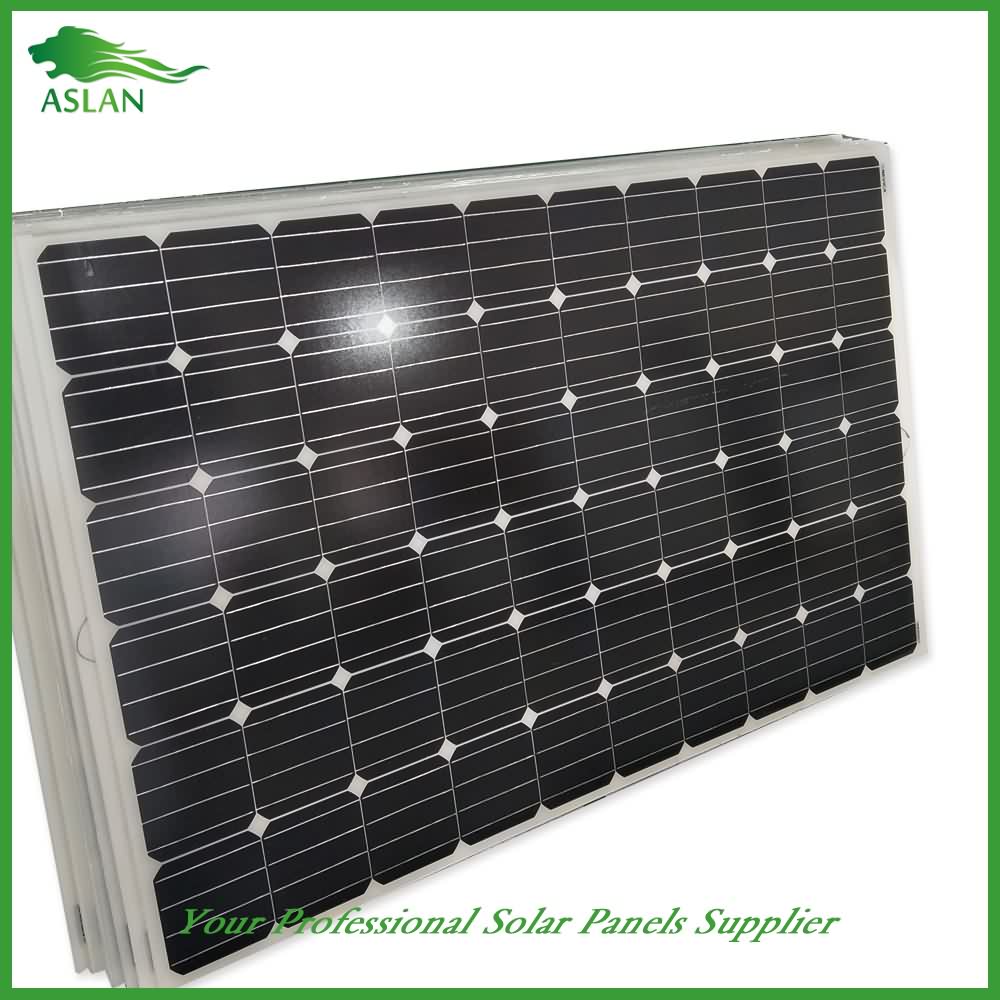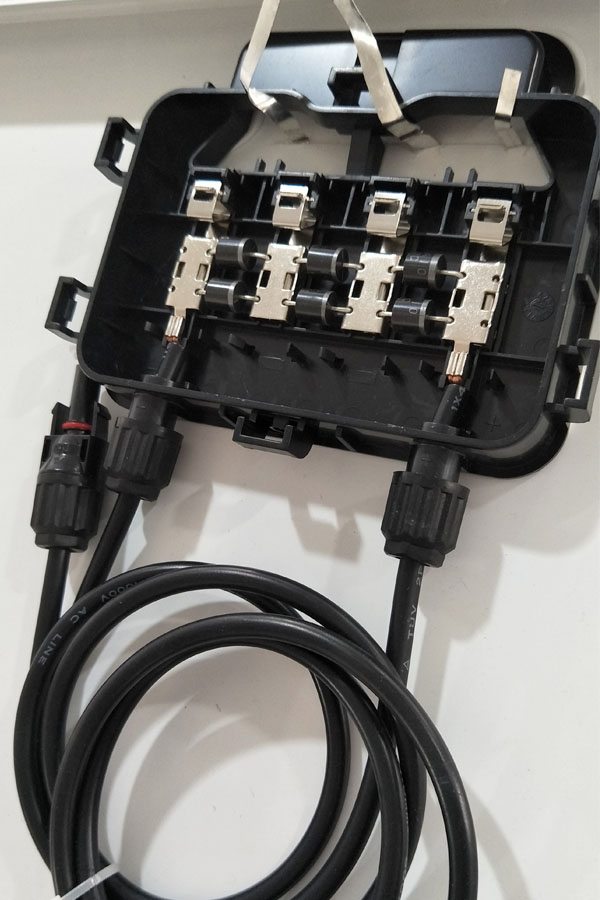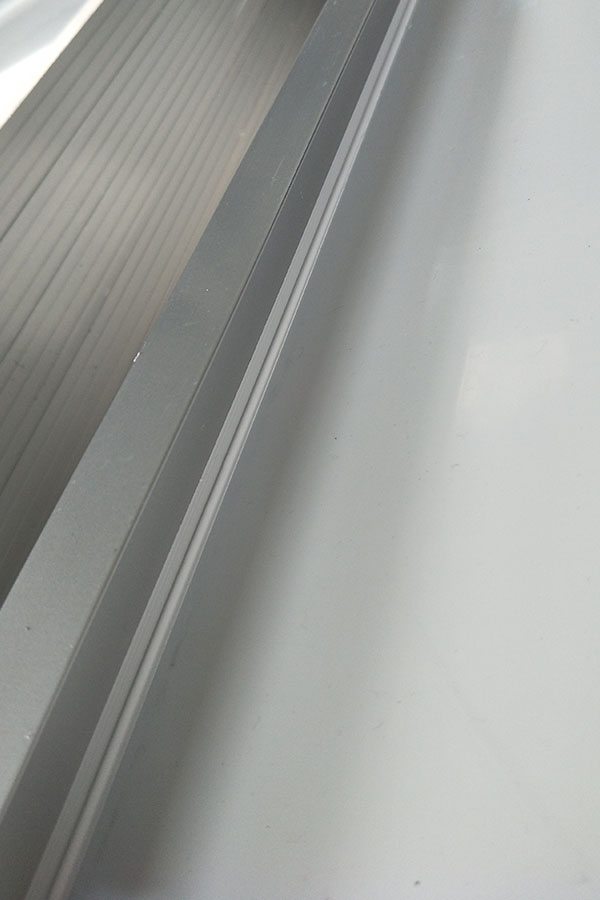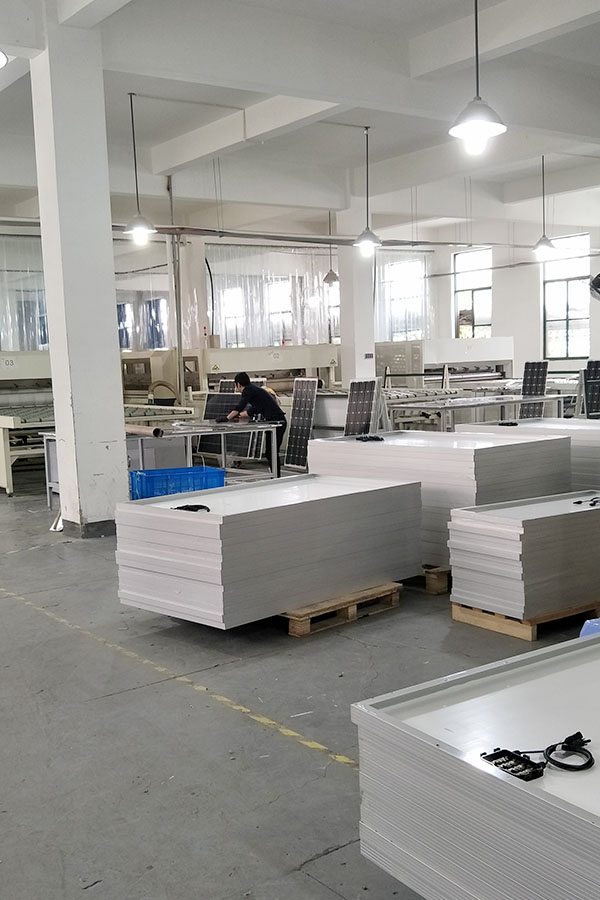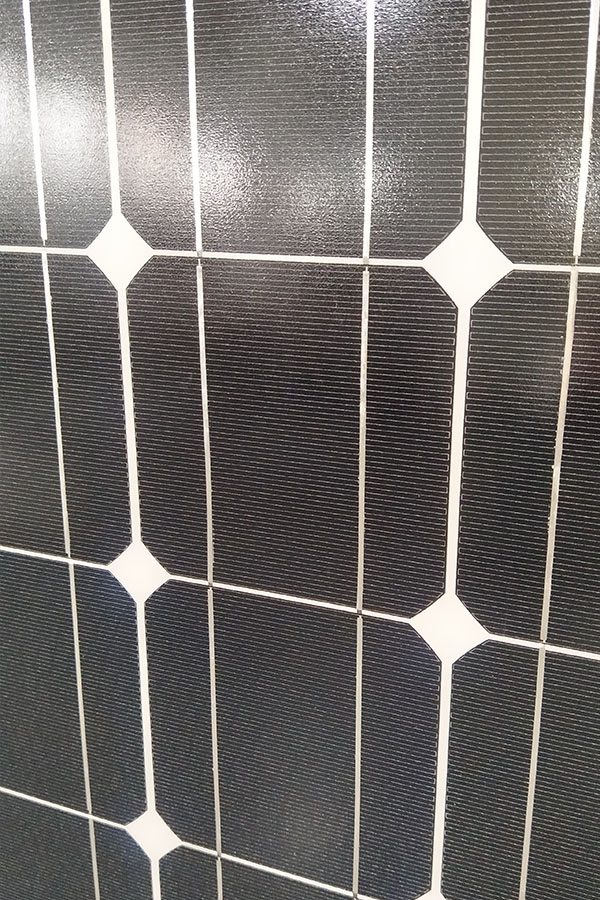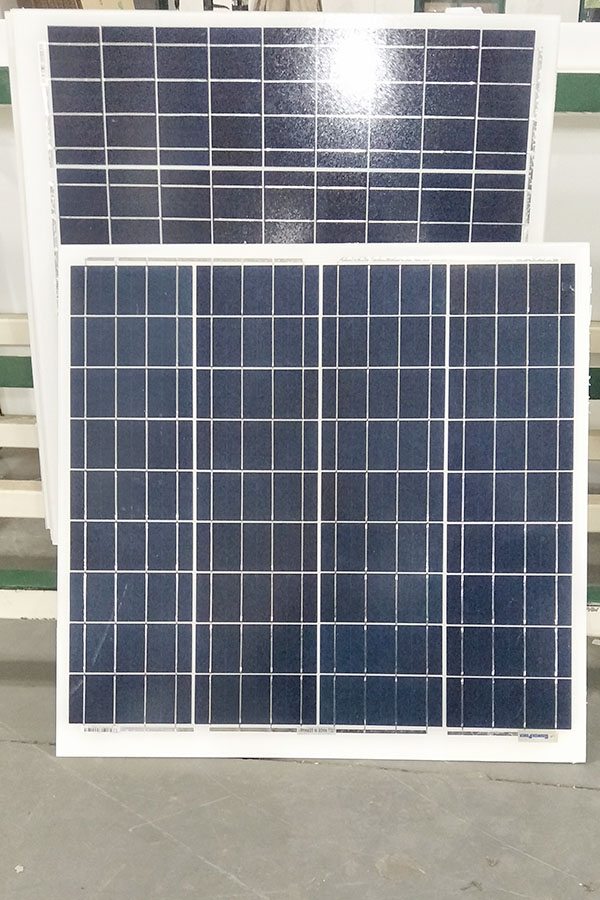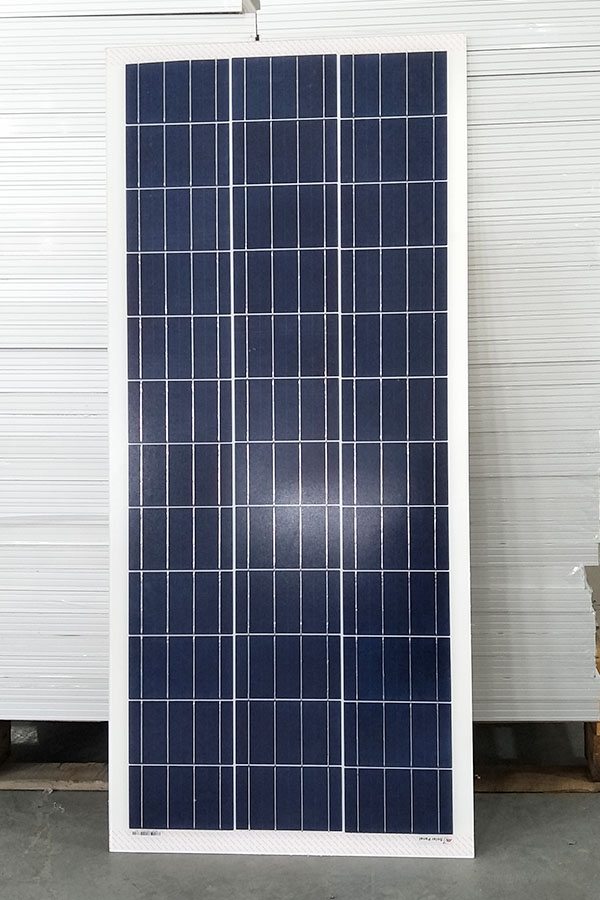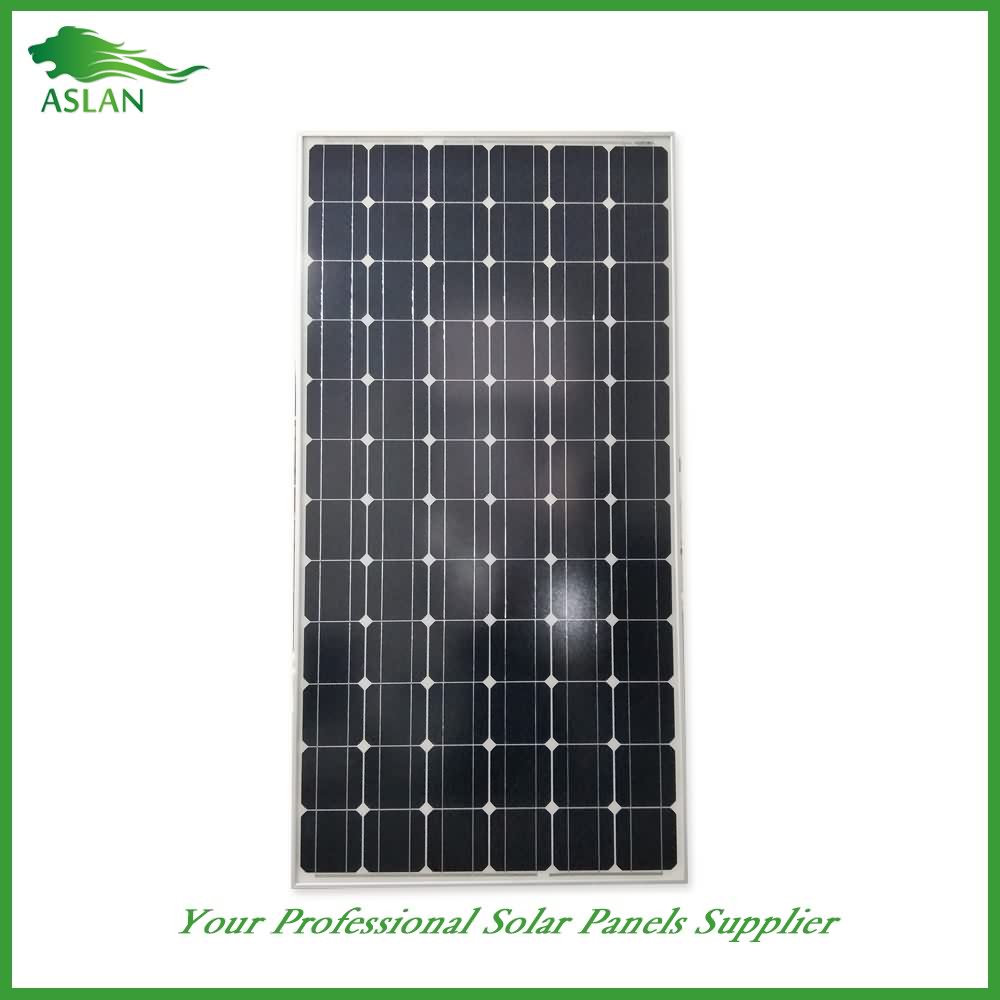Factory making Mono-Crystalline 250W Solar Panel to Turkey Factory
Short Description:
Our company puts emphasis on the management, the introduction of talented personnel, and the construction of staff building, trying hard to improve the quality and liability consciousness of staff members. Our company successfully attained IS9001 Certification and European CE Certification of Factory making Mono-Crystalline 250W Solar Panel to Turkey Factory, If you are interested in any of our products or would like to discuss a customized order, please feel free to contact us.
Mono-Crystalline 250W Solar Panel
Technical parameter
Maximum Power(W) 250W
Optimum Power Voltage(Vmp) 30.3V
Optimum Operating Current(Imp) 8.29A
Open Circuit Voltage(Voc) 36.76V
Short Circuit Current(Isc) 8.91A
Mechanical Characteristics
Cell Type Monocrystalline 156x156mm (6 inch)
No of Cell 60 (6x10pcs)
Dimensions 1640x990x40mm
Weight 18.0KGS
Front Glass 3.2mm,High Transmission, Low Iron,Tempered Glass
Junction box IP65 Rated
Output Cable TUV 1×4.0mm2/UL12AWG,Length:900mm
Temperature and Coefficients
Operating Temperature(°C): -40°C ~ + 85°C
Maximum System Voltage: 600V(UL)/1000V(IEC) DC
Maximum Rated Current Series: 15A
Temperature Coefficients of Pmax: -0.47%
Temperature Coefficients of Voc: -0.389%
Temperature Coefficients of Isc: 0.057%
Nominal Operationg Cell Temperature (NOCT): 47+/-2°C
Materials of solar panel
1).Solar Cell——Mono-crystalline solar cell 156*156mm
2).Front Glass——-3.2mm, high transmission, low iron, tempered glass
3).EVA——-excellent anti-aging EVA
4).TPT——-TPT hot seal made of flame resistance
5).Frame——anodized aluminum profile
6).Junction Box——-IP65 rated, high quality, with diode protection
Superiority: high quality anodized aluminum frame, high efficiency long life, easy installation, strong wind resistance, strong hail resistance.
Features
1. High cell efficiency with quality silicon materials for long term output stability
2. Strictly quality control ensure the stability and reliability, totally 23 QC procedures
3. High transmittance low iron tempered glass with enhanced stiffness and impact resistance
4. Both Polycrystalline and Mono-crystalline
5. Excellent performance in harsh weather
6. Outstanding electrical performance under high temperature and low irradiance
Quality assurance testing
Thermal cycling test
Thermal shock test
Thermal/Freezing and high humidity cycling test
Electrical isolation test
Hail impact test
Mechanical, wind and twist loading test
Salt mist test
Light and water-exposure test
Moist carbon dioxide/sulphur dioxide
การนำ Charge controller Solar Cell มาใช้กับปั้มชัก 1นิ้ว มอเตอร์ dc 12v 300 w เพือ่ให้ทำงานอัตโนมัติในเวลากลางคืน โดยต้องใช้สายไฟเส้นใหญ่ในการต่อเข้า Charge controller และตั้งโหลด ออฟ ให้ต่ำไว้ก่อน เพราะมอเตอร์จะกระชากไฟในการเปิดการทำงานครั้งแรก และจะหยุดการทำงานตาม v ที่ได้ตั้งค่าไว้ การใช้งานมาหลายเดือนอุปกรณ์สามารถใช้งานได้ดี แบตขนาด 75 a 2ลูก สามารถใช้งานได้นาน 6-7 ชม.
Charge controller Solar Cell for use with a 1-inch induction pump motor dc 12v 300 w for automatic operation at night. By using a large wires to connect to the Charge controller and set the load to low. Because the motor will snatch the light on the first turn. And will stop working as set up. The device can work for many months, the battery size 75 a 2 balls can be used for 6-7 hours.
DIY grid tie solar power using solar panels.
This is a grid tie inverter that is 200 watts. It actually reads a bit higher for various reasons. This was to see how well it worked. POWER INVERTERS.
Electric utility companies refer to residential grid-tie solar power arrays as distributed generation (DG) generators. They use this term because your solar panels are producing and distributing electrical power back into our utility grid.
Islanding refers to the condition of a DG generator that continues to feed the circuit with power, even after power from the electric utility grid has been cut off. Islanding can pose a dangerous threat to utility workers, who may not realize that a circuit is still “live” while attempting to work on the line. Distributed generators must detect islanding and immediately stop feeding the utility lines with power. This is known as anti-islanding. A grid-tied solar power system is required by law to have a gridtie inverter with an anti-islanding function, which senses when a power outage occurs and shuts itself off.
One common misconception is that a grid tied system will continue to generate power during a blackout. Unless there is a battery back-up system, the gridtie solar system will not produce power when the grid is down.
